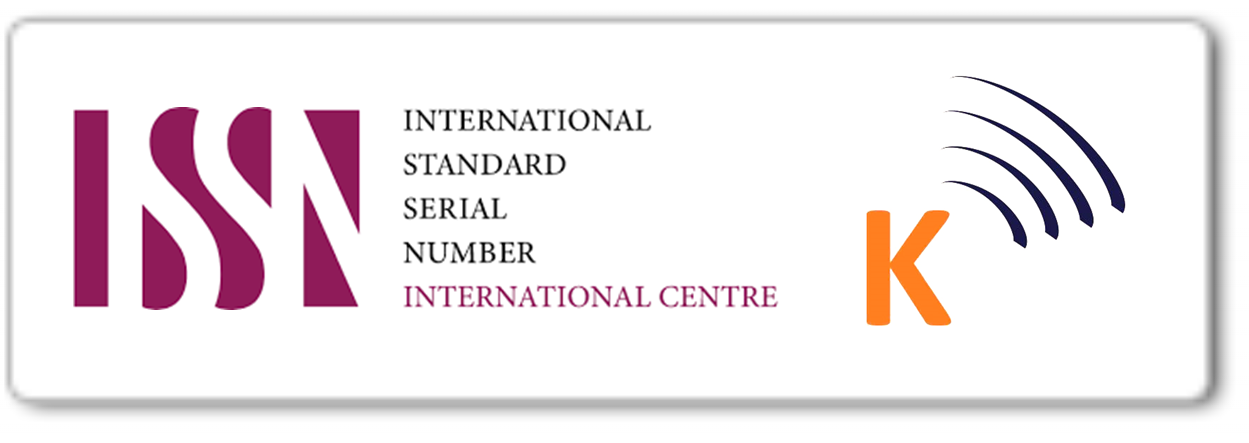Closer to Learners: Design and Effectiveness of Blended Online Teaching in Law
Keywords: blended teaching, teaching design, learning experience, teaching effectiveness
Abstract
Online teaching provides learners with more learning opportunities, but there are also many weaknesses that are not conducive to learning. Targeted instructional design can overcome the shortcomings of online learning and achieve better learning outcomes. In the teaching of legal courses at the China Open University Learning Center, blended teaching is guided by the principle of being closer to learners. Law course teachers strengthened the design of teaching activities in three aspects: In the construction of learning resources, content that is close to learners' lives is selected as much as possible to make learners feel familiar with the learning content; In the design of asynchronous learning activities, various strategies which actively guide teachers and facilitate learners' expression are adopted to increase learners' participation; In the design of real-time live teaching, digital tools are used to carry out interactive case teaching, which echoes asynchronous teaching activities and organically integrates dispersed learning activities, effectively improving the learning experience and enhancing learning effectiveness.
Downloads
References
Beatriz, Garcia-Ortega., Javier, Galan-Cubillo. (2021). How to improve learners’ experience in blending learning? Evidence from the perceptions of learners in a Postgraduate Master’s Degree. 12(2):1-15. doi: 10.4995/WPOM.15677
Colm, Fearon., S., Starr., Heather, McLaughlin. (2011). Value of blended learning in university and the workplace: some experiences of university learners. Industrial and Commercial Training, 43(7):446-450. doi: 10.1108/00197851111171872
Elisabeth, McGee., Prerna, Poojary. (2020). Exploring blended learning relationships in higher education using a systems-based framework. The Turkish Online Journal of Distance Education, 21(4):1-13. doi: 10.17718/TOJDE.803343
Garcia-Ortega, B.; Galan-Cubillo, J. (2021). How to improve learners’ experience in blending
learning? Evidence from the perceptions of learners in a Postgraduate Master’s Degree. WPOM-Working Papers on Operations Management, 12 (2), 1-15.
doi: https://doi.org/10.4995/wpom.15677
Nonni Soraya Sambudi, Norwahyu Jusoh, Nik Abdul Hadi Sapiaa, Syaza Izyanni Ahmad(2023), Integrated Project in Separation Process Class as Innovative Tool to Improve Learners’ Online Learning Experience. 7(1), 18–29. https://doi.org/10.36312/esaintika.v7i1.1042
O.G. Shtro, N. V. Bubnova, A. Sautbaeva(2023), Useful experience of online learning. 1 (57), 29–33. https://doi.org/10.54596/2958-0048-2023-1-29-33
Reigeluth, C. M. , Merrill, M. D. , Wilson, B. G. , & Spiller, R. T. . (1980). The elaboration theory of instruction: a model for sequencing and synthesizing instruction. 9(3), 195-219.
Virginia, L., Thomposn., Yonghong, L., McDowell. (2019). A Case Study Comparing Student Experiences and Success in an Undergraduate Mathematics Course offered through Online, Blended, and Face-to-Face Instruction. International Journal of Education in Mathematics, Science and Technology, 7(2):116-136. doi: 10.18404/IJEMST.552411
Yang Wang(2022). Effects of teaching presence on learning engagement in online courses. Distance Education, V OL. 43, NO. 1, 139–156. https://doi.org/10.1080/01587919.2022.2029350
Yasemin, Gülbahar., R., Orcun, Madran. (2009). Communication and Collaboration, Satisfaction, Equity, and Autonomy in Blended Learning Environments: A Case from Turkey. The International Review of Research in Open and Distributed Learning, 10(2)
Yating Huang, Siyao Wang(2022). How to motivate student engagement in emergency online learning? Evidence from the COVID-19 situation. 85(5), 1101–1123. https://doi.org/10.1007/s10734-022-00880-2
Zhang Xiaojun(2022). Teaching Innovation for the Future: Concepts, Design, and Cases [M]. Economic Management Press
Zhu, Y., Au, W., & Yates, G. (2016). University learners’ self-control and self-regulated learning in a blended course. Internet and Higher Education, 30, 54–62.
Copyright (c) 2024 Jun Xie

This work is licensed under a Creative Commons Attribution-NonCommercial-ShareAlike 4.0 International License.







